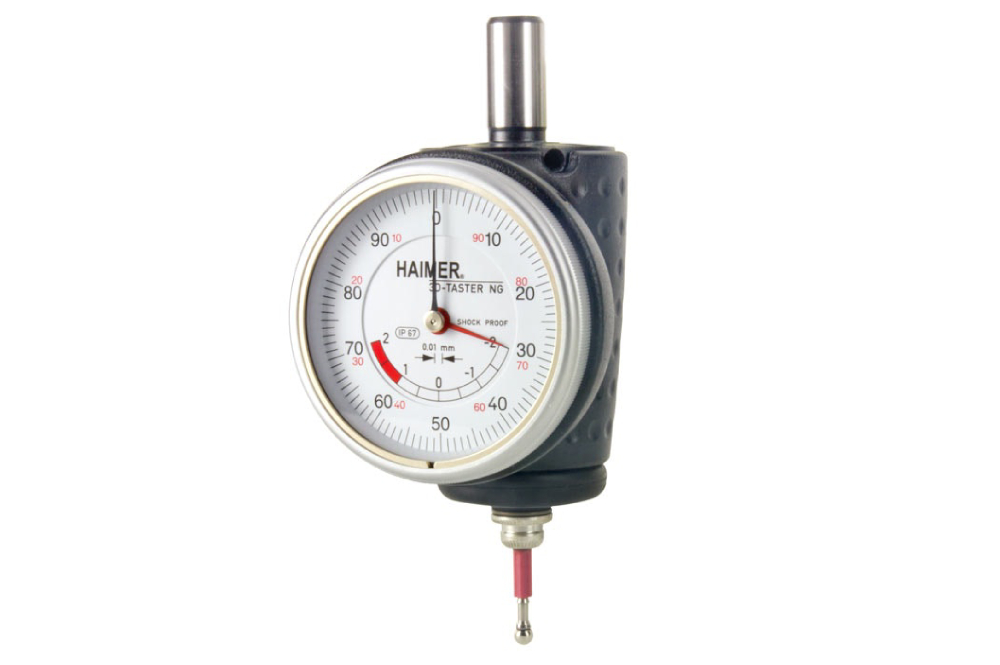The main advantages of the iri are that it is stable over time and transferable throughout the world.
Road roughness is measured using which instrument.
Microtexture with wavelengths from 0 mm to 0 5 millimetres 0 020 in macrotexture with wavelengths from 0 5 millimetres 0 020 in to 50 millimetres 2 0 in and megatexture with wavelengths from 50 millimetres 2 0 in to 500 millimetres 20 in.
Contact between the instrument and the object being measured e g.
Road surface textures are deviations from a planar and smooth surface affecting the vehicle tyre interaction.
Since then the iri has become a well recognized standard for the measurement of road roughness.
The work to be executed under this specification consists of collecting data using a laser profiler to.
A measure road roughness data by direct measurement of the longitudinal profile of the road.
M922 measurement of roughness rutting and texture by laser profilometer.
This performance measure has less stochasticity and subjectivity in comparison to other pavement performance.
A roughness tester shows the measured roughness depth rz as well as the mean roughness value ra in micrometers or microns µm.
Pavement texture is divided into.
The iri was developed in 1986 using the results of the international road roughness experiment performed in brazil in 1982.
Measuring the roughness of a surface involves applying a roughness filter.

